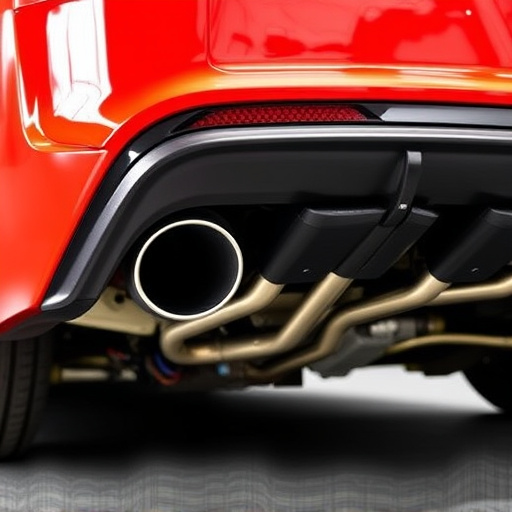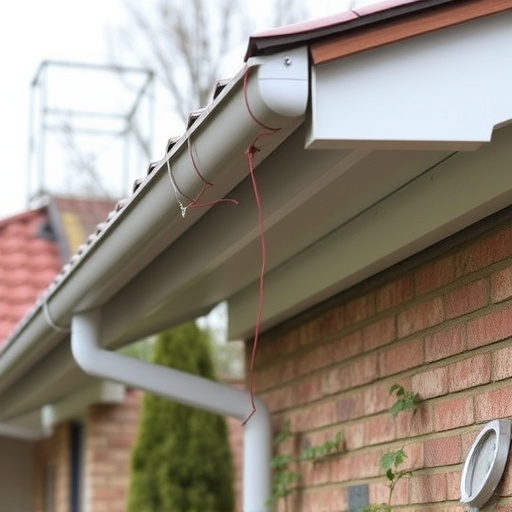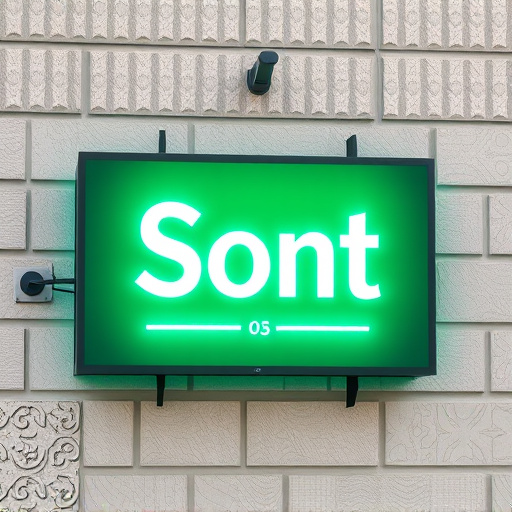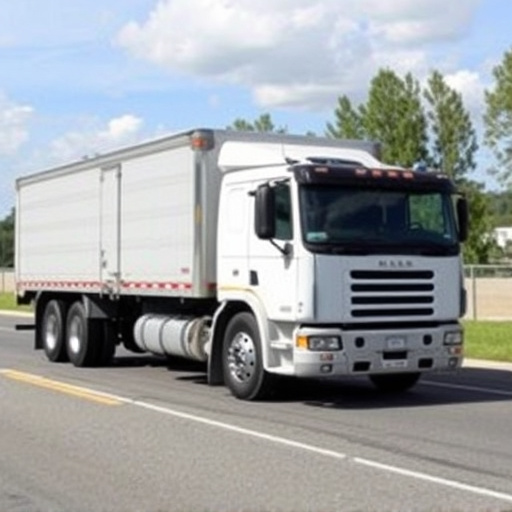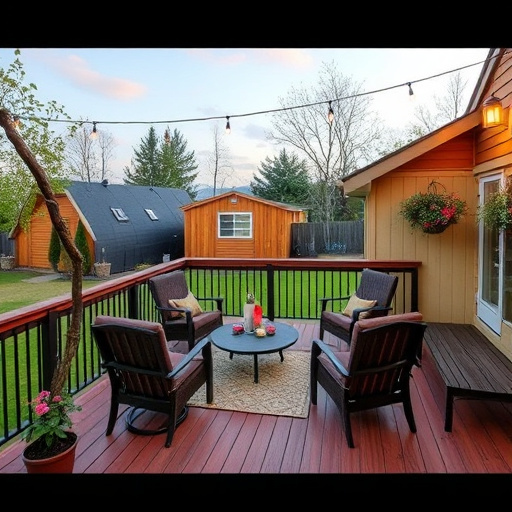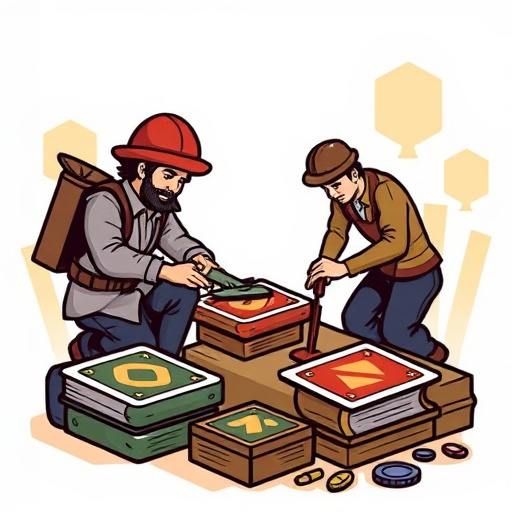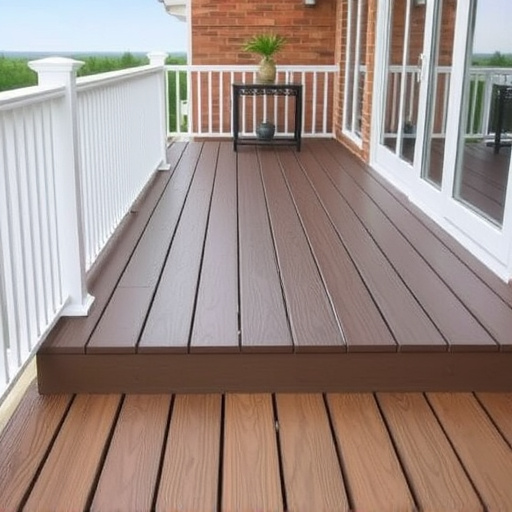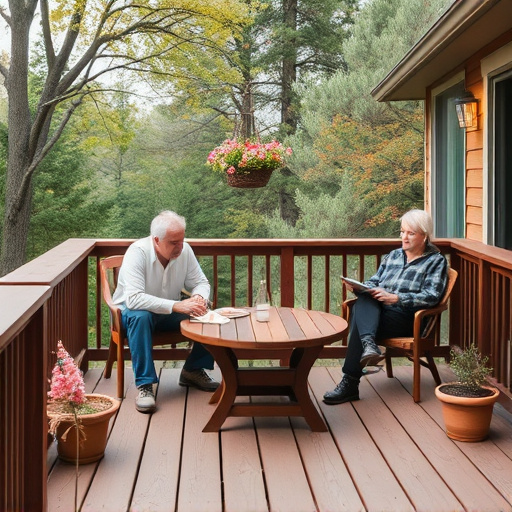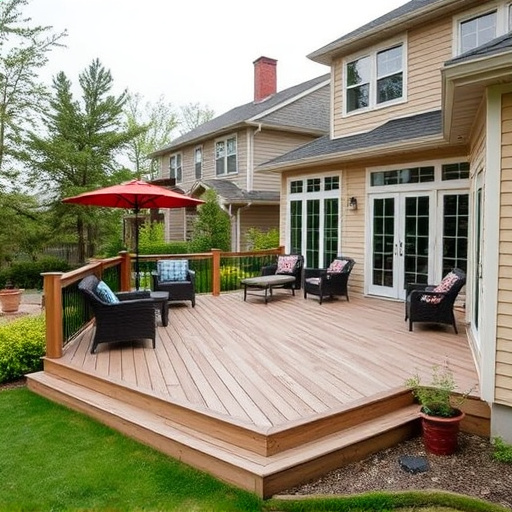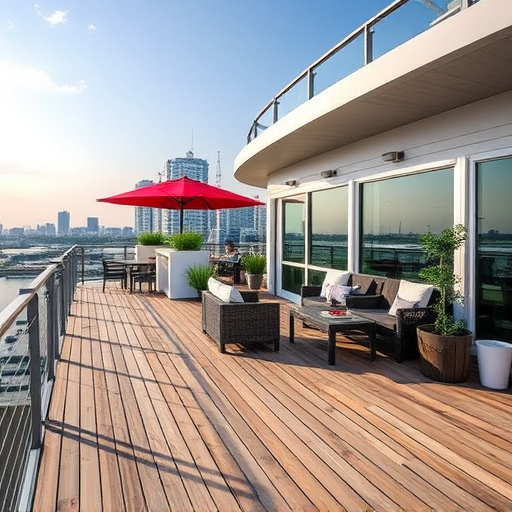Deck stairs require adherence to local building codes for safety and structural integrity, especially during exterior renovations. Sturdy construction, proper support, and alignment are crucial. Regular maintenance, including inspections and repairs, prevents accidents caused by damaged or loose components, ensuring a secure climbing experience. Homeowners should prioritize regular checks for wear and tear, particularly in regions with harsh weather conditions.
“Ensuring the safety of your deck stairs is paramount for any homeowner. This comprehensive guide delves into essential aspects of deck stairs, from understanding inherent risks and adhering to local regulations to best design practices during installation. Learn how regular maintenance checks can prevent accidents and ensure a secure outdoor living space. Implement these deck stairs safety tips to create a robust and worry-free environment for your family and guests.”
- Understanding Deck Stairs Risks and Regulations
- Essential Design and Installation Best Practices
- Regular Maintenance Checks for Safety Assurance
Understanding Deck Stairs Risks and Regulations
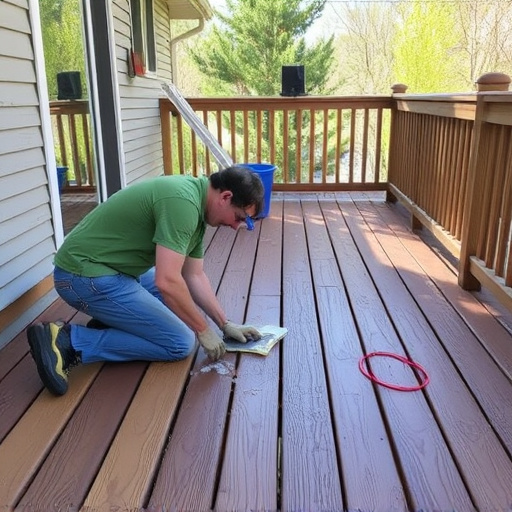
Deck stairs, while offering easy access to your outdoor living space, come with inherent risks that every homeowner should be aware of. Understanding these risks is the first step towards ensuring safety and adhering to local regulations. In many areas, building codes dictate specific requirements for deck stair construction, including dimensions, handrail placement, and tread materials, all designed to prevent accidents and injuries.
Knowing your local regulations is crucial when undertaking any exterior home improvements, such as roofing services or installing new decking. Roofing solutions and other structural elements must be integrated into the design of your deck stairs to ensure stability and longevity. By staying informed about these guidelines, you can create a safe environment for yourself and your family while enhancing the overall appeal of your outdoor area through responsible deck stairs construction and maintenance.
Essential Design and Installation Best Practices
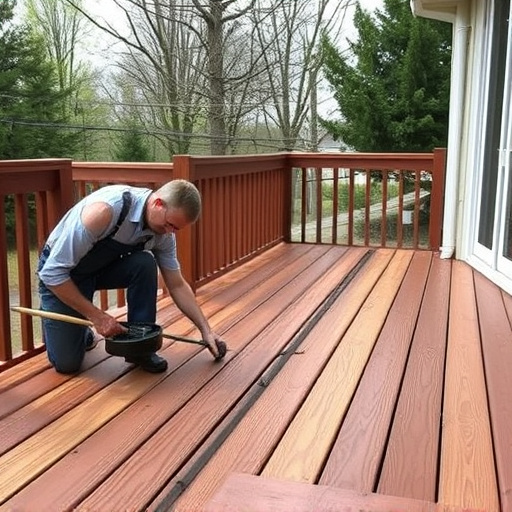
When designing and installing deck stairs, safety should never be compromised. Best practices include ensuring a sturdy structure with proper support and alignment. Each step should be securely fastened to the deck and the stringer, creating a solid foundation that can withstand regular use. The rise and run of the stairs must comply with building codes for safe navigation, typically with a maximum rise of 7.5-8 inches and a minimum run of 10 inches.
Additionally, consider incorporating features like handrails for stability and slip-resistant surfaces on the steps to prevent accidents. Regular maintenance is crucial; inspect the deck stairs periodically for any signs of damage or wear, addressing issues promptly. If you’re dealing with an older deck, professional roofing services or siding repairs might be necessary to ensure structural integrity, especially in regions prone to extreme weather conditions.
Regular Maintenance Checks for Safety Assurance
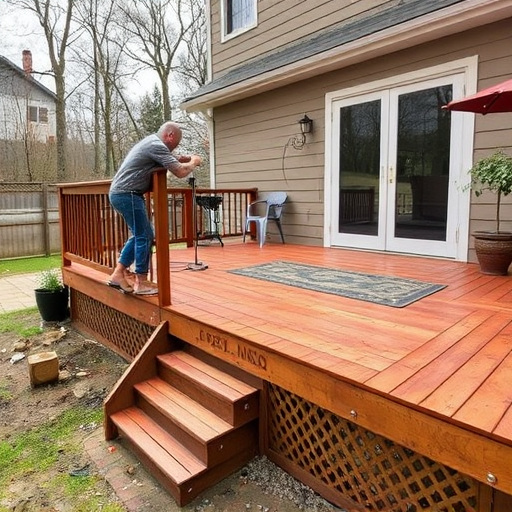
Regular maintenance checks are essential for ensuring the safety and longevity of deck stairs. As time goes by, outdoor elements like harsh weather conditions, extreme temperatures, and exposure to sunlight can take a toll on your deck’s structure. Homeowners should schedule periodic inspections to identify any loose or damaged boards, rotten planks, or corroded fasteners. Promptly addressing these issues will prevent accidents and maintain the stability of the stairs.
In addition to visual examinations, checking the security of railings and treads is paramount. Worn-out or improperly fastened railings can pose a significant risk. Regular maintenance also involves tightening screws, replacing worn parts, and applying protective coatings to prevent wood rot and corrosion, thereby ensuring a safe climbing experience for everyone using the deck stairs, especially in exterior home improvements like roofing services or roof repair projects.
Ensuring the safety of your deck stairs is paramount for any homeowner. By understanding the risks, adhering to design and installation best practices, and conducting regular maintenance checks, you can create a secure environment that enjoys countless hours of outdoor living. Remember, a well-maintained deck and its stairs are not just essential for safety but also add value to your home.

